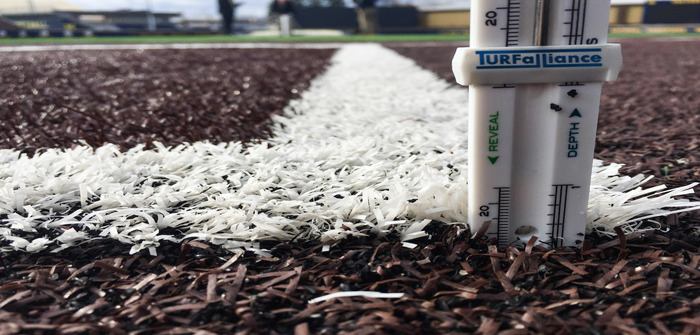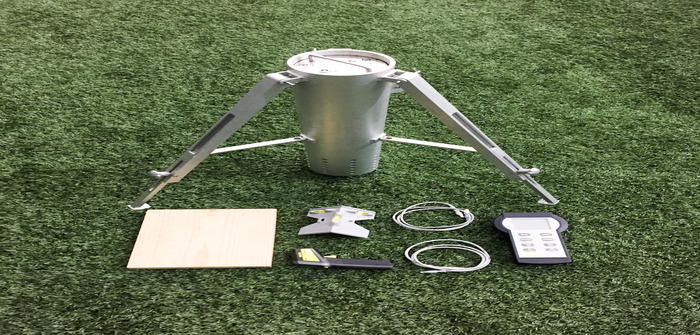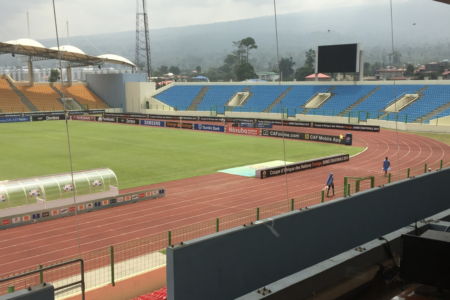When it comes to sports field safety, there are many people that need to play a role in the process, but this process must start with the individual.
Whatever their specific role, empowerment and total commitment to the necessity of field safety is key.
This starts with challenging your own perception, and the perception of others, that a playing field isn’t simply flooring –modern day athletic terrain is as important to the player safety equation as shoulder pads and helmets.
To properly protect athletes’ health and safety, and an organization against potential legal pitfalls, all field safety efforts must be proactive in nature. If you’ve reached reactive status, it’s already too late.

There are five simple ways field safety can be improved:
1. Knowledge: The idiom ‘knowledge is power’ will forever ring true, especially with regards to field safety. Stakeholders must get educated, and beyond the pursuit of the appropriate knowledge, it’s equally as important to share that knowledge with the full team. Ensuring each constituent is committed to optimal field safety is the necessary first step – everyone must recognize the goal.
2. Education: Making sure the entire team obtains individual training is just the beginning; the reality is, field safety education must be a perpetual commitment. The industry field safety standards are still in their infancy and procedures utilized to inspect field safety are consistently evolving. Establishing a source of current information will be necessary to stay educated.
3. Planning: A field safety plan requires that a protocol is established that includes usage logs, maintenance logs, testing best practices, incident and injury documentation, coaching checklists, appropriate signage, game day best practices, etc. A comprehensive plan must incorporate scheduling intervals, ensuring compliance and distribution of key documents to all constituents.
4. Prevention: Injuries are going to happen in sports, but owners, operators and individuals need to take every possible step to prevent them. This includes the health and conditioning of the athletes, the players’ protective equipment, and importantly, frequent and consistent testing and inspection of the sports field throughout the entire life of the playing surface.
5. Documentation: One of the most important things to do when engaging in risk mitigation is to document everything. Critical field safety documents and best practices should be distributed and understood by all team members. Establishing best practices and schedules are necessary. Execution is imperative. The only thing worse than not having this type of documentation is having it and not following it.

July 26, 2018





